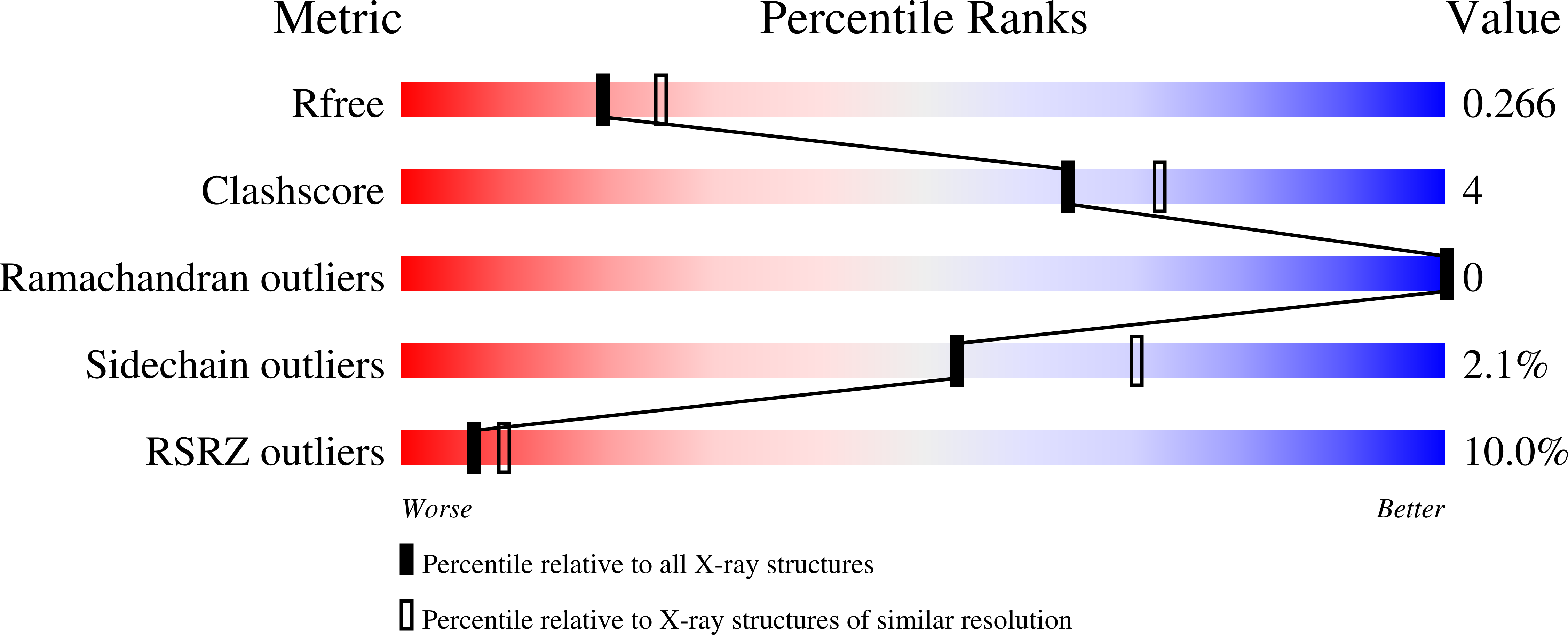
Deposition Date
2022-11-15
Release Date
2023-06-28
Last Version Date
2024-11-13
Entry Detail
Biological Source:
Source Organism:
Deinococcus radiodurans R1 (Taxon ID: 243230)
Host Organism:
Method Details:
Experimental Method:
Resolution:
2.30 Å
R-Value Free:
0.26
R-Value Work:
0.23
R-Value Observed:
0.23
Space Group:
P 1 21 1


